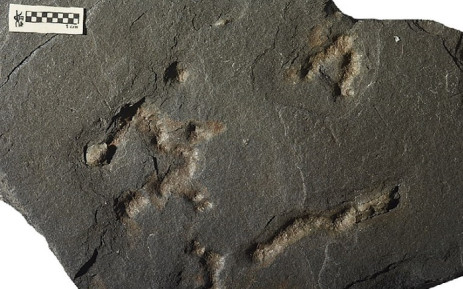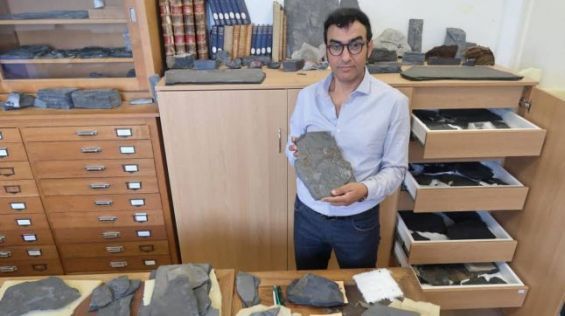The oldest fossilized traces of motility in the world have been uncovered by a group of scientists coordinated by Moroccan geologist Abderrazak El Albani.
The study, made public on February the 11th edition of Proceedings of the National Academy of Sciences of the United States of America (PNAS) review, was conducted by the Moroccan scientist and an international and multi-disciplinary team from the Institut de chimie des milieu et matériaux de Poitiers.
According to American science platform Science Daily, El Albani’s team revealed that a fossil deposit discovered a few years ago in Franceville Basin, Gabon, contain multicellular organisms that were able to move. To put it in other words, the 2.1 billion-year-old discovered fossils point at the oldest evidence of mobility in the world.
«This shows that certain multicellular organisms in this primitive marine ecosystem were sophisticated enough to move through its mud, rich in organic matter», the same source said.
The second chapter of a major discovery
«Life during the so-called Paleoproterozoic Era, 2.5 to 1.6 billion years ago, was not only bacterial, but more complex organisms had emerged at some point, likely only during some phases and under certain environmental circumstances», El Albani said.

The new findings are part of a second chapter to a major discovery made in 2008 by the Moroccan geologist. In fact, Abderrazak El Albani and his team found the oldest existing fossils that had «multicellular organisms» in Gabon.
According to Science Daily, the study by El Albani’s team managed to «re-date the appearance of multicellular life on Earth to 2.1 billion years -- approximately 1.5 billion years earlier than previously thought (600 million)».
When studying the same deposit discovered in Gabon in 2008, El Albani and his team uncovered «the existence of fossilized traces of motility», indicating that some of the multicellular organism were mobile.
«What matters here is their astonishing complexity and diversity in shape and size, and likely in terms of metabolic, developmental and behavioral patterns, including the just-discovered earliest evidence of motility, at least for certain among them», said paleobiogeochemist and sedimentologist Abderrazak El Albani.
For the record, El Albani studied in the University of Lille, where he received a doctorate in geology and sedimentary and geochemistry. The Marrakech-native joined the Hydrasa laboratory in 1999 and was appointed Professor in 2010.





 chargement...
chargement...













